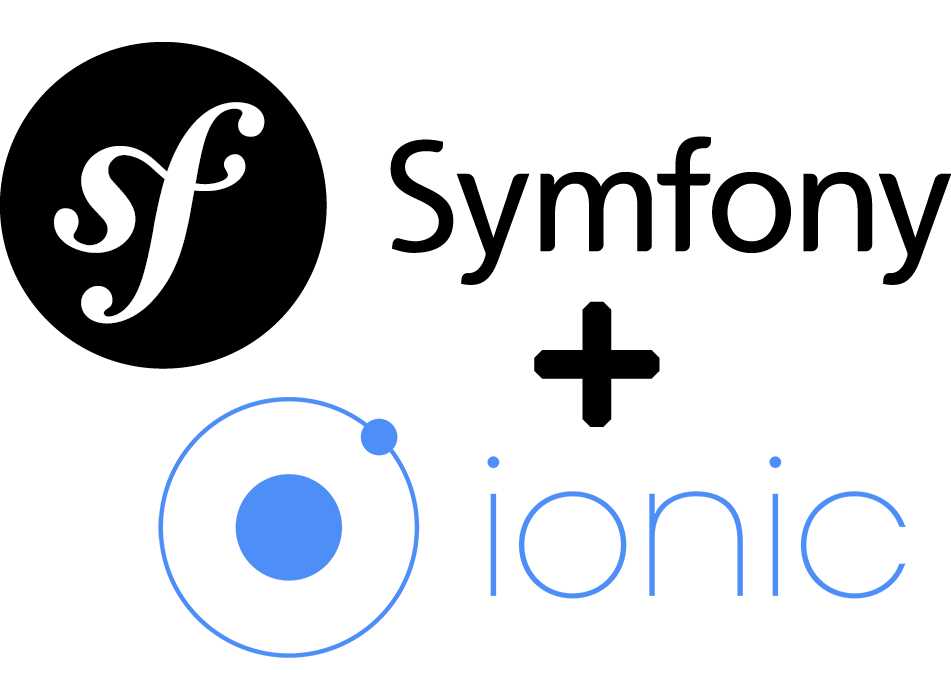Symfony is a PHP framework which makes it easier to use the MVC (Model View Controller) mechanism.

It's one of the best framework that exist today for the creation of web applications. It was created to be used in version 5 of PHP, since it makes extensive use of the guidance that focuses on this version.
The Symfony2 version requires PHP 5.3.3. Also used are Synfony 3 for PHP 7.
Web development with Synfony 2, 3 and 4
Symfony2 was created by the company Fabien Potencier, who is currently at the forefront of the project with a goal focused on improvements that facilitate the usefulness of software development by a web programmer.
Although Synfony2 can be used for different types of non-web focused work, this framework was created specifically to improve the development of web applications, offering tools to strengthen and speed up somewhat complex applications.
Symfony2 Freelance Developers
In itself, symfony2 does not pretend to create something new since it rejects concepts and works already executed and inserts them in Sympony to be used by the user.
One such concept is the integration of one of the framework The best known MNOs among those who were PHP development companies called "Doctrine", which is in charge of the communication with the database, offering a supreme control on them without taking into account that we are talking about MySQL, PostgreSQL, Oracle and other engines, since the vast majority of SQL statements are not made by the programmer but by Doctrine
With the framework DoctrineEach file in the model is actually a class, and they are commonly referred to as "entities". So, you only have to take care of creating the entities and Doctrine will generate all the databases and tables you need, and it's all done by placing a simple command line command. To enter the data, you must use a controller object called "Entity Manager".
Another example that can also be used is the inclusion of frameworkTwig, which is a powerful template engine that does code separation PHP and the HTML achieving remarkable improvements creating in this way a wide variety of options and a good order and execution of the project.
With the YAML language, which is a direct competency of XML, you can have a huge amount of configuration completely separate from the code improving clarity and response. If you do not want to work with YAML you can use the configuration files with XML or PHP.
Benefits of Symfony2
With Symfony you have the console instructions called "Tasks" tasks that allow the execution of commands in the terminal, telling Symfony2 to do what is required and requested, such as the complete generation of the vital programs to make ABMs, a task that is cumbersome for some programmers because this makes it necessary to apply a lot of code for the execution of tasks in different tables.
Another very important benefit is that Symfony2 has a sub framework to work with forms, so a class is made focused on HTML form objects and once made they are only shown and executed.
This indicates that the HTML form is not designed, but is programmed using mechanisms of the framework.
With Symfony2 you can implement very practical and powerful validation objects to improve the security of data placed by users.
With Symfony2 there is also a great amount of support to shield the site, managing to keep us unconcerned about the malicious attacks that exist today such as SQL Injection, XSS or CSRF.
These virtual attacks can now be prevented, making Symfony take care of all of them and bringing attention to the attacks that can occur due to business misuse or bad business decisions.
This makes for a website where everything is located where it needs to be and maintenance and error correction is easier and more effective.
Symfony2 has a large number of libraries, tools and aids that allow you to make an application faster than trying to make it in the traditional way.
Many of the conflicts that can be faced were analyzed for their later solution by other programmers allowing to focus on new contingencies that may arise.
We are just showing some of the concepts that Symfony2 offers to the user without mentioning others. PHP Unit to make unitary and functional tests in an easy and practical way, the injection of dependencies, the easy use of assetics for the improvement of our images, CSS, JavaScript among others.


